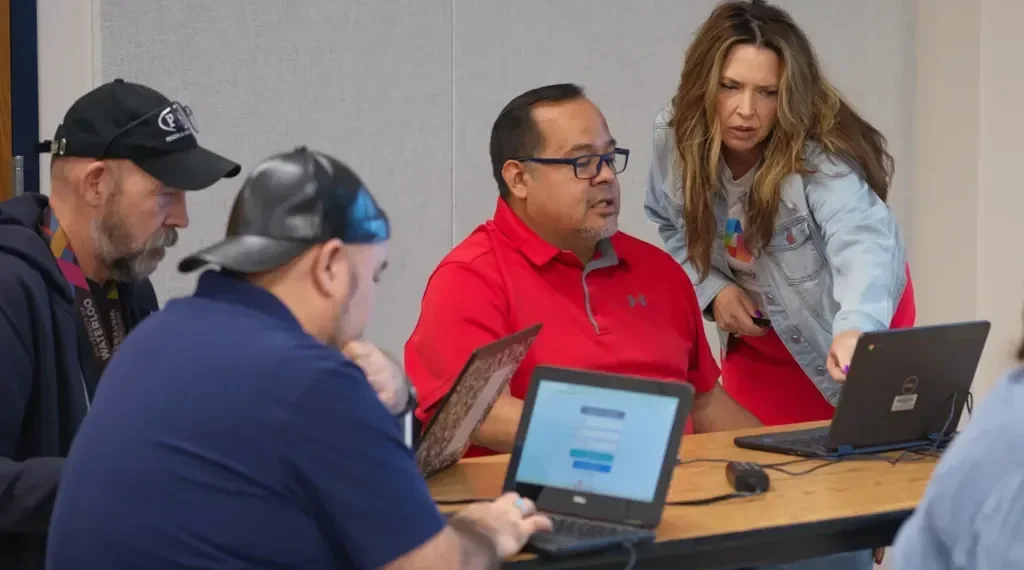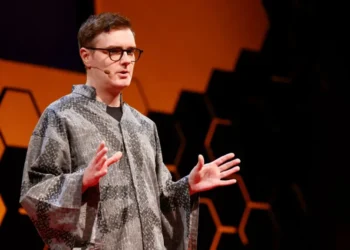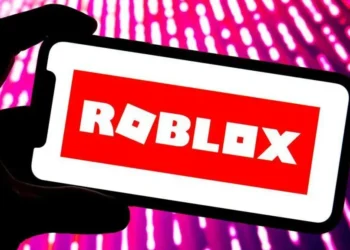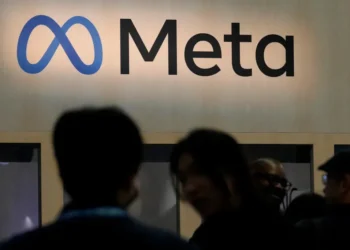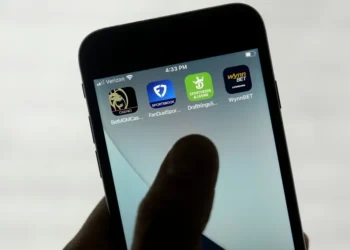Published: October 17, 2025, 21:45 EDT
Dozens of teachers across the United States are trading weekends for workshops as technology giants pour millions into helping educators understand and integrate artificial intelligence in classrooms. The effort reflects a growing alliance between teacher unions and Silicon Valley firms seeking to shape how future generations learn, work, and engage with AI tools.
Teachers and Tech Giants Unite for AI Education
On a sweltering Saturday in San Antonio, educators gathered to experiment with AI systems capable of grading papers, generating lesson plans, and creating podcasts or illustrated storybooks within minutes. Many teachers were intrigued but cautious, wondering if the same tools that save time might one day replace them.
That uncertainty has not stopped the American Federation of Teachers (AFT) and the National Education Association (NEA)—the two largest teacher unions in the United States—from forming partnerships with Microsoft, OpenAI, and Anthropic. The collaborations aim to prepare roughly 4 million U.S. teachers to navigate and guide the next generation through a rapidly changing digital world.
According to AFT President Randi Weingarten, skepticism was part of the negotiations. But she said that large-scale support was necessary to ensure educators were not left behind. “There is no one else helping us with this,” Weingarten said. “That’s why we felt we needed to work with the largest corporations in the world. We went to them — they didn’t come to us.”
Millions in Funding to Build AI Training Hubs
Under an agreement announced in July, Microsoft committed $12.5 million to AFT over five years. OpenAI is contributing $8 million in funding and $2 million in technical support, while Anthropic pledged $500,000.
The AFT plans to use these funds to launch a national AI training hub in New York City. The center will host both virtual and in-person sessions designed to help teachers learn how to use AI responsibly in lesson planning, grading, and classroom engagement. The union expects to train more than 400,000 teachers nationwide over the next five years and hopes to establish two additional hubs.
Meanwhile, the NEA launched its own AI education initiative with Microsoft, backed by a $325,000 grant. The project introduces “microcredentials”—short, specialized online certifications—to teach AI literacy, privacy, and safety. The NEA aims to train at least 10,000 teachers this school year.
“We tailored our partnership very surgically,” said Daaiyah Bilal, the NEA’s senior director of education policy. “We are mindful of what a technology company stands to gain by spreading information about the products they develop.”
Educators Retain Control Over Curriculum
Both unions emphasized that educators—not corporate sponsors—will design and lead the training sessions. This ensures that the curriculum remains independent and that AI tools from multiple companies can be used, fostering a balanced understanding of available technologies.
Teachers’ ownership of the training material also extends to developing best practices on ethics, data privacy, and responsible AI use. “Our goal is to make teachers confident, not replaceable,” Weingarten said.
The partnerships have drawn cautious approval from federal officials. The Trump administration recently established an AI Education Task Force to promote private-sector investment in national AI literacy programs. More than 100 companies have already joined the effort, part of a broader campaign to position the United States as a leader in artificial intelligence development.
Tech Firms Expand AI Access in Education
For major technology companies, education offers a strategic opportunity to introduce their tools to young users while addressing a critical gap in digital literacy.
Microsoft has pledged $4 billion to expand AI education, research, and access to its CoPilot tools for teachers and students. The company also plans to provide every school district and community college in Washington state with free CoPilot licenses.
Google has announced a $1 billion initiative for AI and job training programs, including free use of its Gemini for Education platform in U.S. high schools. These efforts complement the corporate-backed union programs and signal a larger movement to integrate AI into the national education system.
Balancing Innovation and Caution
Experts say that while the influx of tech funding can accelerate AI adoption in schools, it also raises questions about data privacy, corporate influence, and long-term educational goals.
“These are private initiatives, and they are run by companies that have a stake,” said Robin Lake, director of the Center on Reinventing Public Education. “Educators should ensure any partnership focuses on what’s best for teachers and students, not corporate interests.”
Microsoft President Brad Smith acknowledged these concerns, saying teachers should approach AI with “a healthy dose of skepticism.” He added, “While it’s easy to see the benefits right now, we must be mindful of unintended consequences, including the risk of weakening critical thinking. We have to be careful. It’s early days.”
Teachers See AI as a Tool, Not a Threat
At the San Antonio workshop, 50 educators from the Northside Independent School District spent three hours testing AI applications like ChatGPT, Microsoft CoPilot, Google’s Gemini, and Khanmingo.
Trainer Kathleen Torregrossa encouraged teachers to embrace change. “When we talk about AI, teachers often say, ‘I’m not doing that,’” she told the crowd. “But our job is to prepare kids for the future—and AI, like it or not, is part of that future.”
For many participants, the possibilities were transformative.
First-grade teacher Gabriela Aguirre called the experience “amazing.” She plans to use AI to design bilingual flashcards and visual lessons for her students. “With all the games and phones, it’s hard to keep their attention,” she said. “If you can find new ways to engage them, you’ve got to do that.”
Middle school teacher Celeste Simone described AI as “a game-changer” for English language learners. By using AI, she can translate texts into multiple languages, simplify complex readings, and even generate storybooks that include students’ names as characters—all in seconds.
“I can give my students access to things that never existed before,” Simone said. “Once you’ve seen how helpful it is, you can’t go back.”
A New Chapter for AI in U.S. Education
The rapid rise of AI in classrooms mirrors broader trends in society and the labor market. Recent studies suggest that while AI tools can enhance learning, many schools still lack structured training and policies to guide their use.
For teacher unions, the challenge is ensuring that innovation strengthens—not replaces—educators’ role in shaping young minds. For technology companies, the partnerships represent a chance to prove that artificial intelligence can empower rather than disrupt.
As one San Antonio teacher put it, “We’re not teaching against AI—we’re teaching with it.”
This article was rewritten by JournosNews.com based on verified reporting from trusted sources. The content has been independently reviewed, fact-checked, and edited for accuracy, neutrality, tone, and global readability in accordance with Google News and AdSense standards.
All opinions, quotes, or statements from contributors, experts, or sourced organizations do not necessarily reflect the views of JournosNews.com. JournosNews.com maintains full editorial independence from any external funders, sponsors, or organizations.
Stay informed with JournosNews.com — your trusted source for verified global reporting and in-depth analysis. Follow us on Google News, BlueSky, and X for real-time updates.
